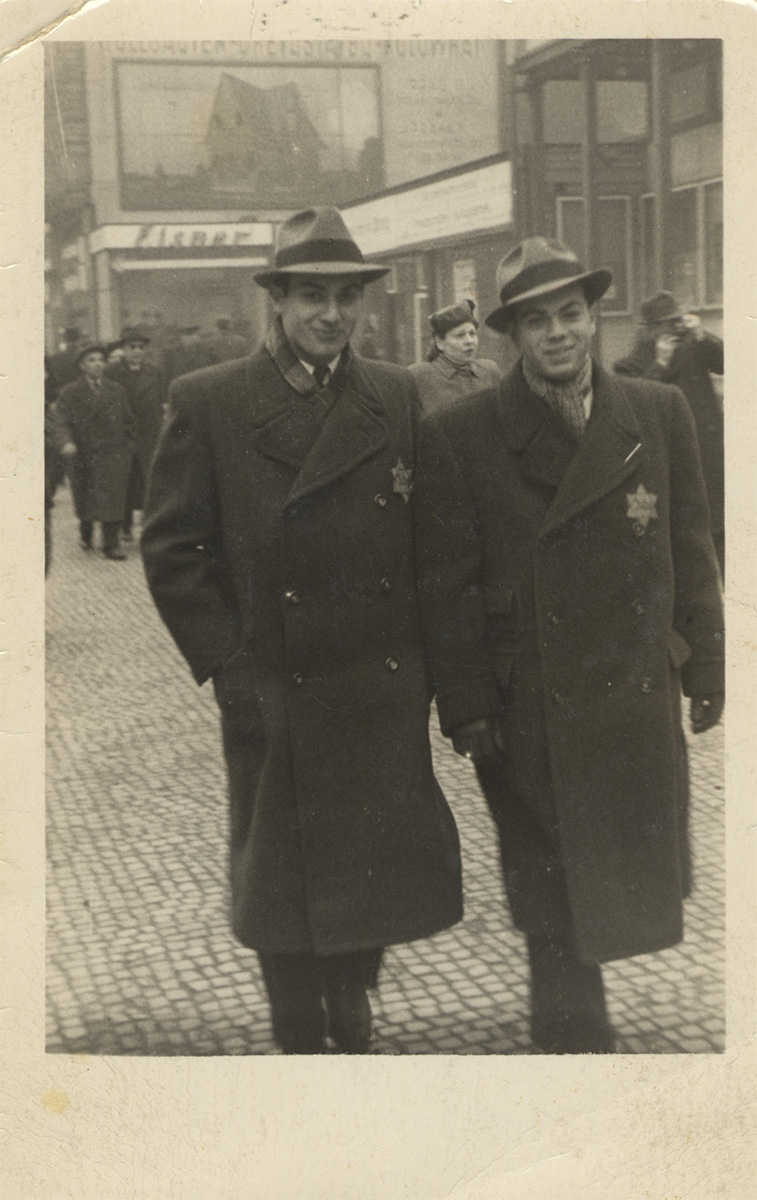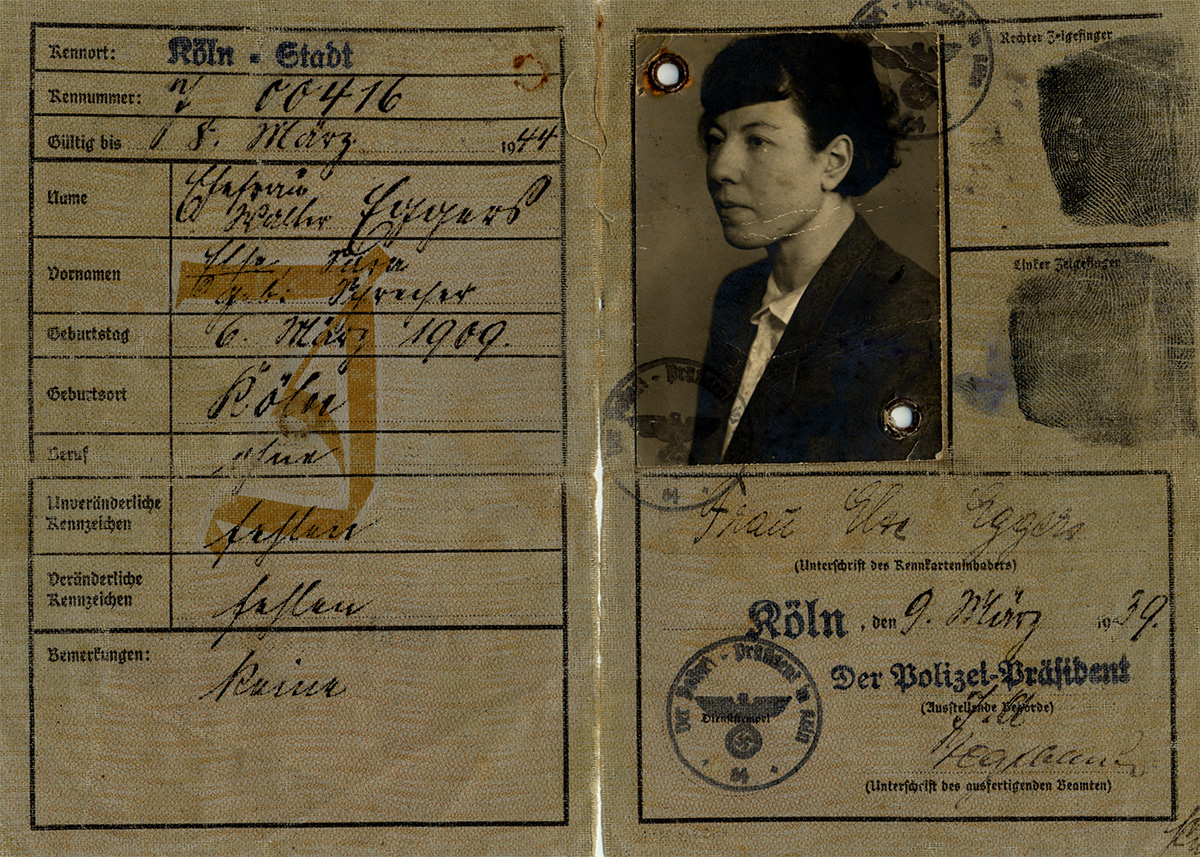The Us vs. Them – Creating the Other pedagogical guide, developed in collaboration with the Canadian Museum for Human Rights, explores the relationship between othering, human rights violations, and the process of genocide.
Students will analyse artefacts, timelines, and survivor testimonies from two case studies of genocide, one historical and one contemporary: the Holocaust and the Rohingya genocide in Myanmar. By reflecting on how the process of othering has been used by dominant groups to facilitate the exclusion of, discrimination against, and persecution of minority groups, students will come to understand that genocide cannot take place without the initial step of othering.
Curriculum Links
- Understand contemporary world issues (racism and genocide)
- Explore past and present links by identifying the similarities and differences between the Holocaust and the Rohingya genocide
- Develop an understanding of prejudice, stereotypes, and the impacts of othering on individuals and society
- Identify possible courses of action to defend groups and individuals against human rights violations
Download the Us vs. Them – Creating the Other pedagogical activity
The Us vs. Them – Creating the Other pedagogical guide is available online free of charge. Click on the download links at the bottom of this page to access this resource. The in-class activities can be used by teachers in all Canadian provinces and territories.
Download the Educational Program
High school grades 9 to 12 (Secondary 3 to CEGEP year 1) - History and Citizenship, Contemporary World, Ethics and Religious Culture


